A new flagship by Kinefinity has just announced. Meet the MAVO Edge which is a large-format cinema camera armed with 8K resolution, ProRes RAW codec, and more goodies that are packed within a robust carbon-fiber body. Read on.
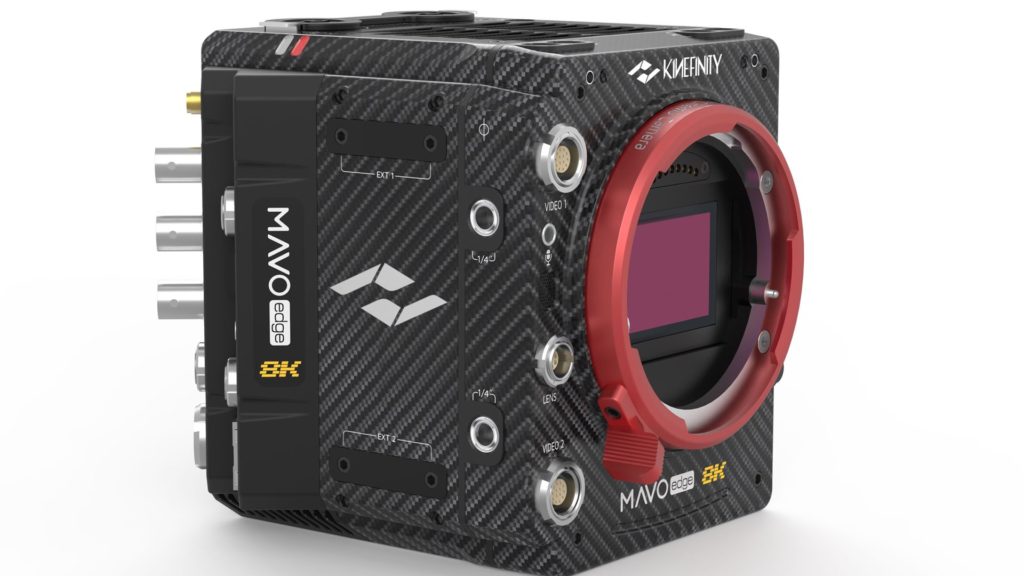
The MAVO Edge – a new flagship by Kinefinity
First, for those who want to get to the point, we can say that the main differences between the Edge and the “regular” MAVO are three: More resolution, ProRes RAW, and the carbon fiber body. There are extremely significant differences (and advantages) that indicate the major development process Kinefinity has made as a cinema camera manufacturer.
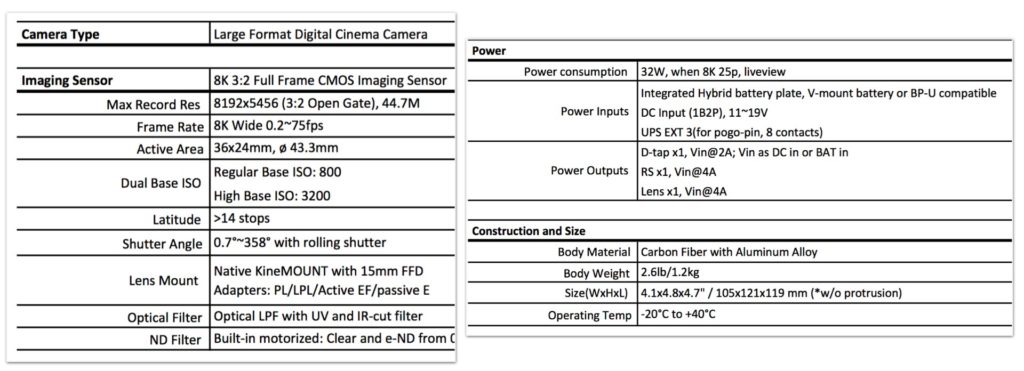
MAVO Edge at a glance
The MAVO Edge is a brand-new large-format 8K cine camera, built with a whole-new carbon fiber camera body, The Edge is equipped with an 8K 75P CMOS imaging sensor. Featuring internal motorized full- spectrum e-ND, more industry-standard ports, and dual SSD media slots, the highly integrated MAVO Edge still remains compact and lightweight. At the same time, Kinefinity brings Apple ProRes RAW to the MAVO Edge as an in-camera codec to make the RAW workflow easier (will be explained in the article).
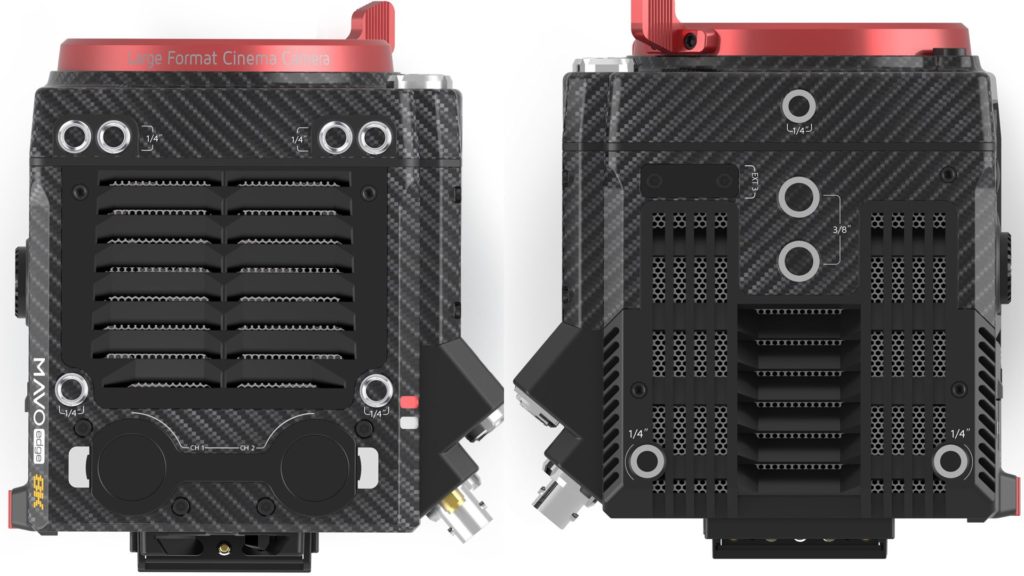
The MAVO Edge is a brand-new large-format 8K cine camera, built with a whole-new carbon fiber camera body
Kinefinity cameras as professional cinema tools
The Kinefinity cameras can deliver stunning images. For reference, explore Y.M.Cinema Magazine articles that deal with films being made with Kinefinity cameras. For instance, the article about documenting the Coronavirus on the Kinefinity MAVO LF – by Philip Bloom is a good example of what this camera is capable of. Filmmaker Philip Bloom loves the MAVO 6K (the predecessor of the newly announced MAVO Edge), and indeed you can explore some amazing images from shooting with this camera in streetlights environment. Furthermore, for excellent reference, you can watch films made with Kinefinity in one of the best online resources available which is a “Shot on the Kinefinity” website. We covered this great website in a dedicated article so feel free to dive in a get impressed by those fine films shot on Kinefinity. However, for some reason, Kinefinity cameras were not being accepted by professional (high-end) productions nor being approved by Netflix. The Kinefinity cameras shine in the hands of independent creators but failed to gain traction in high-end projects. Nonetheless, it worths mentioning that Blackmagic cameras haven’t penetrated this market as well, which is dominated by ARRI and RED. As for Netflix, we think that it’s a matter of time till we see the MAVO in the camera requirement and image capture list. Nevertheless, Kinefinity sprints its way to offer well-deserved alternatives, and the MAVO Edge is a good example of that. Let’s dive a bit into the specs of this new cinema camera.
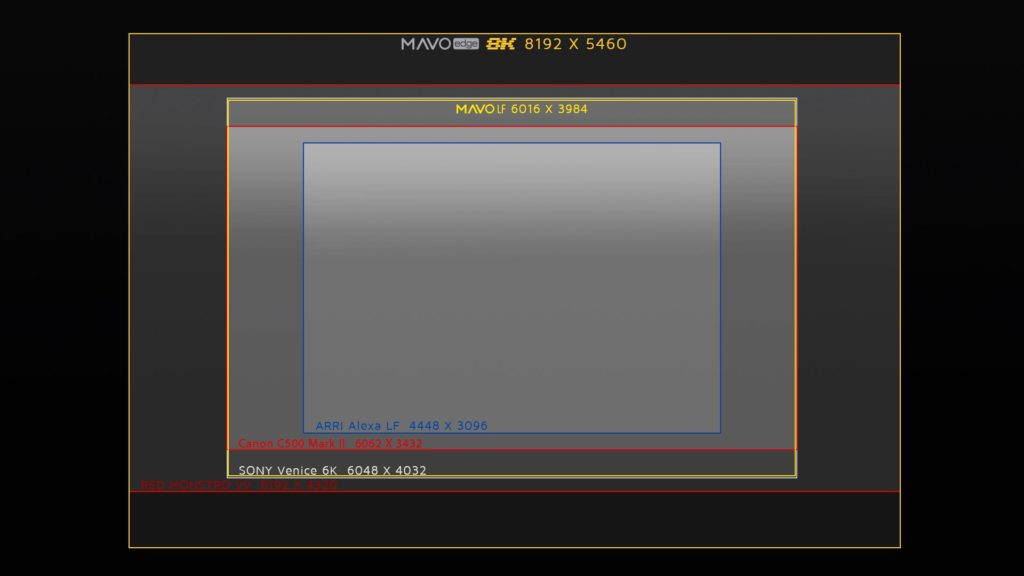
8K 75P Imaging Sensor
The new 8K imaging sensor on the MAVO Edge contains 45 million pixels on a 36x24mm full-frame CMOS sensor featuring 800/3200 dual native ISO, 8K Wide up to 75fps, and latitude up to 14+ stops. Furthermore, the MAVO Edge can capture images as 100fps at 6K Wide or 160fps at 4K Wide. At the same time, MAVO Edge also supports oversampling in Full Frame mode to output 6K or 4K resolutions which will result in more details and latitude with the same optical format.
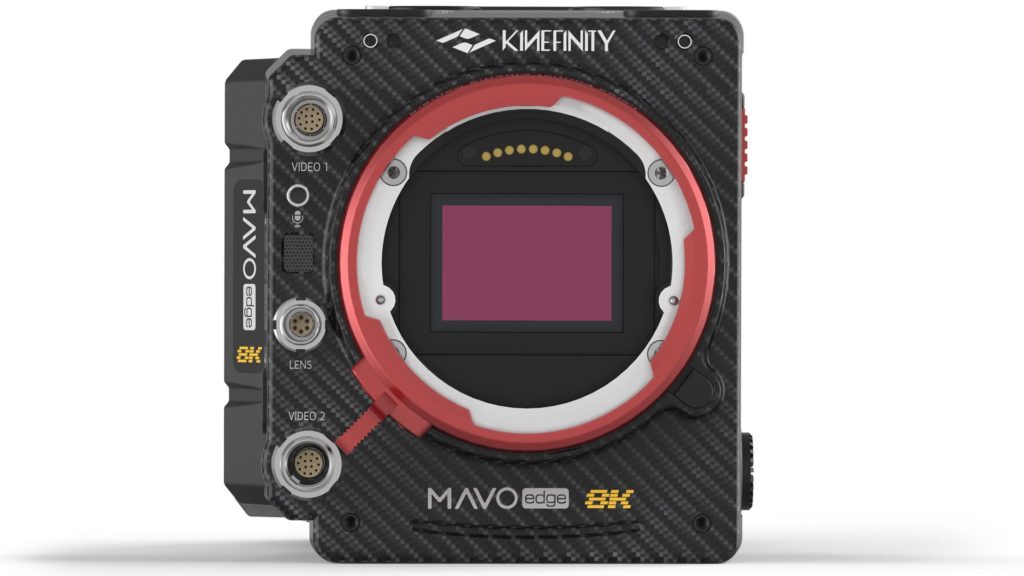
The new 8K imaging sensor on the MAVO Edge contains 45 million pixels on a 36x24mm full-frame CMOS sensor featuring 800/3200 dual native ISO, 8K Wide up to 75fps, and latitude up to 14+ stops
8K ProRes RAW
MAVO Edge can directly record Apple’s newest ProRes RAW codec which has been highly expected by the video industry from 2018 NAB. From the capture of its 8K CMOS image over the delicate color processing to the 8K ProRes RAW encoding and storage, these complex processes and the ultra-high bandwidth bitrate processing all happen within the compact MAVO Edge body. Aside from this, MAVO Edge also supports in-camera ProRes4444/XQ, ProRes422HQ, and H264 proxy.
Apple ProRes RAW
This powerful codec is widely spread technologically. Recently we’ve reported about Apple releasing a plugin to support the utilization of ProRes in Windows systems. Also, the new Mac Pro has been developed for the optimized utilization of ProRes RAW. For instance, the Mac Pro’s Afterburner is a graphical card dedicated to editing with ProRes RAW. That means we are going to see this codec being used by professionals as their weapon of choice, and thus, it’s extremely important that ProRes RAW will be supported by cinema cameras. Although ProRes RAW is yet to be supported by Netflix, it’s a matter of time till this codec will be accepted to the list.
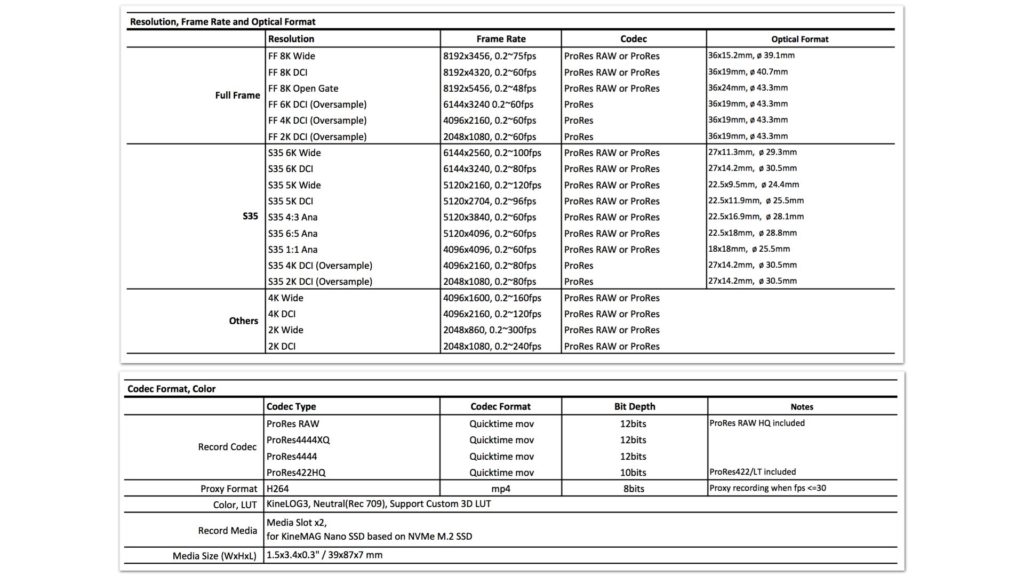
MAVO Edge can directly record Apple’s newest ProRes RAW codec which has been highly expected by the video industry from 2018 NAB
MAVO Edge’s body
Newly Designed Carbon Fiber Body
MAVO Edge utilizes an integrated modular body design with a new internal architecture. The integrated functions and interfaces of every module are redesigned or optimized to allow the MAVO Edge to possess more industry-standard interfaces in an effort to increase compatibility with third-party accessories. The camera body weighs 1.2kg.
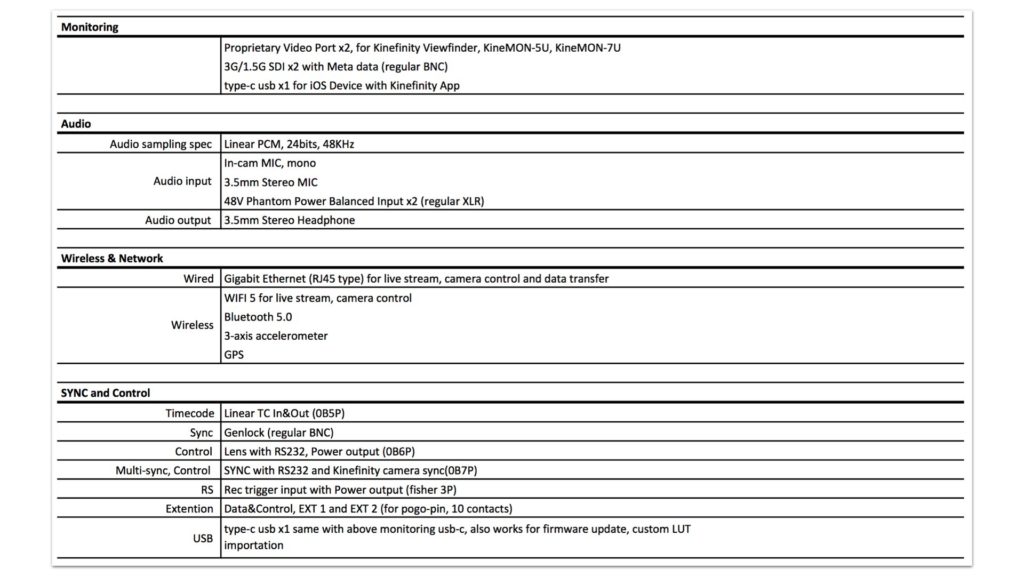
Internal motorized FS e-ND system
Kinefinity integrates the motorized FS e-ND system inside the camera for the first time. Switching between clear glass and e-ND filter is motorized and built-in as expected; the e-ND filter can cover the wide range from 2 stops to 7 stops with continuous adjustment at high precision.
Dual independent SDI outputs
MAVO Edge provides dual 1.5G/3G SDI outputs with metadata and audio transmission. These two outputs are independent of the two video signals from the Kine Video ports, to enhance the compatibility with third-party accessories like external recorders and 1.5G monitors. The two video ports of the MAVO Edge can be connected to KineEVF Full-HD OLED viewfinder and KineMON-5U/KineMON-7H Ultra-Bright monitors to get a sharp and clear image in indoor and outdoor situations.
General sync and control ports
There are numerous ports integrated on the MAVO Edge body: separate genlock and timecode sync ports for syncing multiple cameras, an RS232 protocol port for communicating with and controlling of third-party accessories, and an RS port for powering and triggering an external record function.
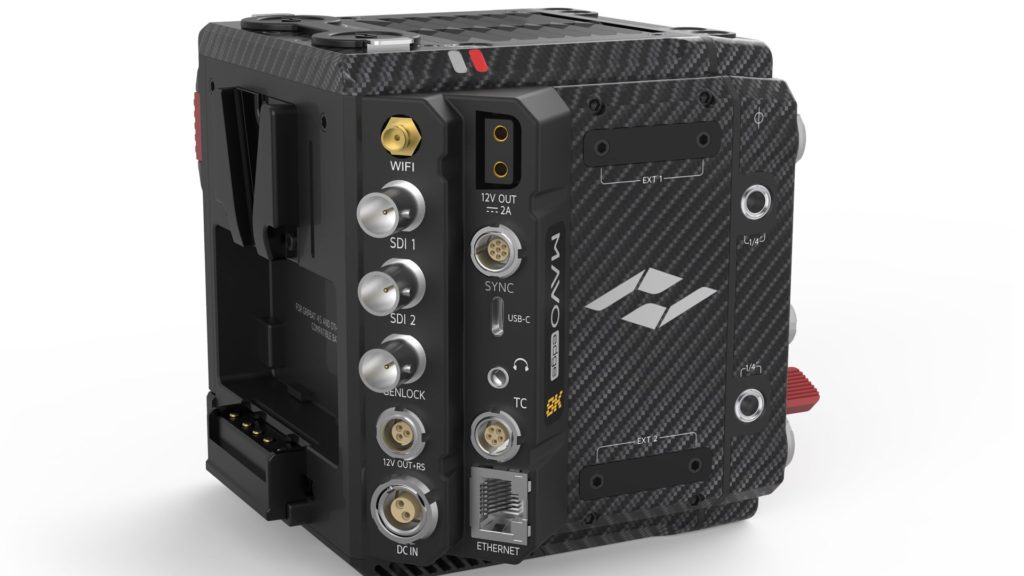
High quality multi-channel audio record
The MAVO Edge supports multi-channel 24bit/48kHz audio record with 3.5mm stereo MIC socket and in-camera high-quality MIC; audio pre-amplifiers with ultra-low noise floor are integrated into the camera body, and two independently controlled standard XLR socket for professional microphones that supports 48V phantom power.
Powerful wired and wireless function
With Gigabit Ethernet on RJ45 port, WIFI5 wireless network, and type-c USB socket, the MAVO Edge can output a monitoring/recording image to other devices via live H264 stream. Simultaneously, an internal three-axis gyroscope can record the camera’s spatial positioning information and provide GPS geo label of footages. Furthermore, Bluetooth 5.0 is added to expand wireless control and communication with the camera at a short distance.
Faster and more intuitive operation interaction
The display area on the side screen increases up to 200% to show more parameters for convenient adjustments, combined with a more intuitive buttons layout and user interface layers, allowing for an overall better and more comprehensive shooting experience.
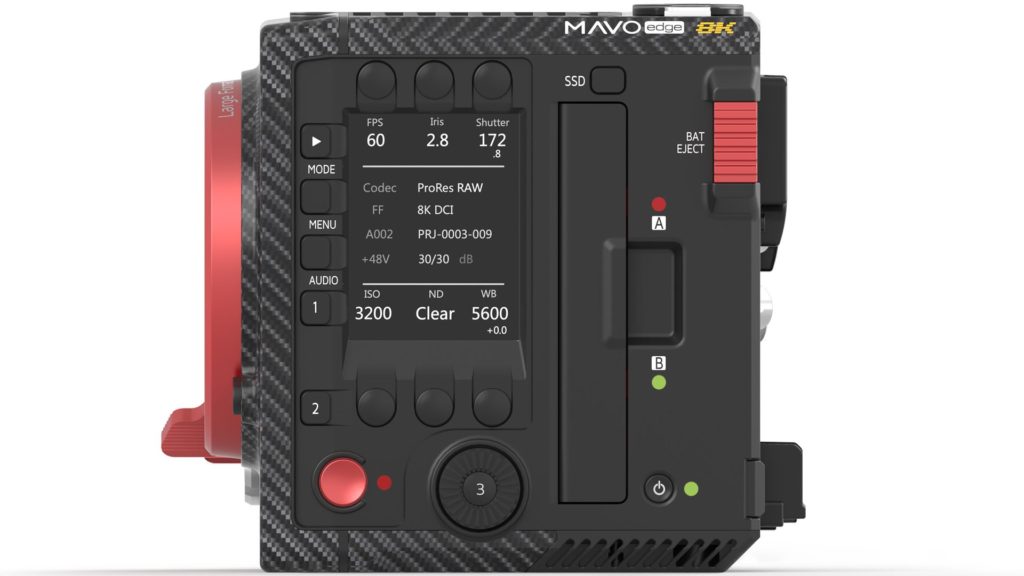
Significant Improvement on Record Media: The KineMAG Nano
To process 8K and offer more freedom in encoding, KineMAG is upgraded from SATA 3.0 SSD to NVMe M.2 SSD. MAVO Edge now features PCle 3.0 protocol which allows the whole-new KineMAG Nano to record footages at lightning speed of 10Gb/s, unhindered support of 8K 60fps ProRes RAW and even 8K ProRes444. Thanks to the smaller form factor of KineMAG Nano, MAVO Edge adopts the dual media slot design like KineRAW-S35, a first-generation cine camera introduced in 2012. The dual slots design allows for two KineMAG Nanos to record the same clips simultaneously and form an extra RAID1 backup to avoid missing clips. Furthermore, two cards can record the main codec and H264 proxies separately, to make the post-editing workflow much easier. Additionally, Kinefinity also offers KineMAG Nano enclosures so users could purchase and install third-party NVMe M.2 SSD on their own to save the cost for storage media.
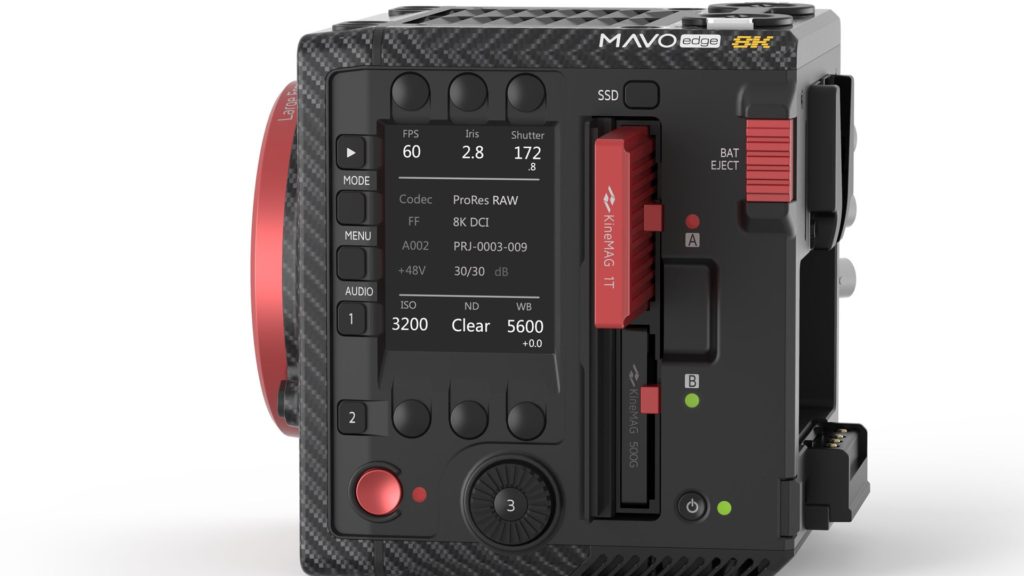
The dual slots design allows for two KineMAG Nanos to record the same clips simultaneously. Furthermore, two cards can record the main codec and H264 proxies separately, to make the post-editing workflow easier
Comprehensive Power Solution
An innovative hybrid battery plate is introduced to MAVO Edge, to meet the power demands of the camera and accessories in different shooting scenarios. The integrated combined battery plate can work with 14.8V broadcast V-mount batteries like KineBAT PD 75/150. When handheld or gimbal way, the camera can be powered directly by compatible BP-U30 type batteries like GripBAT 4S, so the operator could work in a cord-free and smooth way, thanks to a reduced payload and no extra power cord.
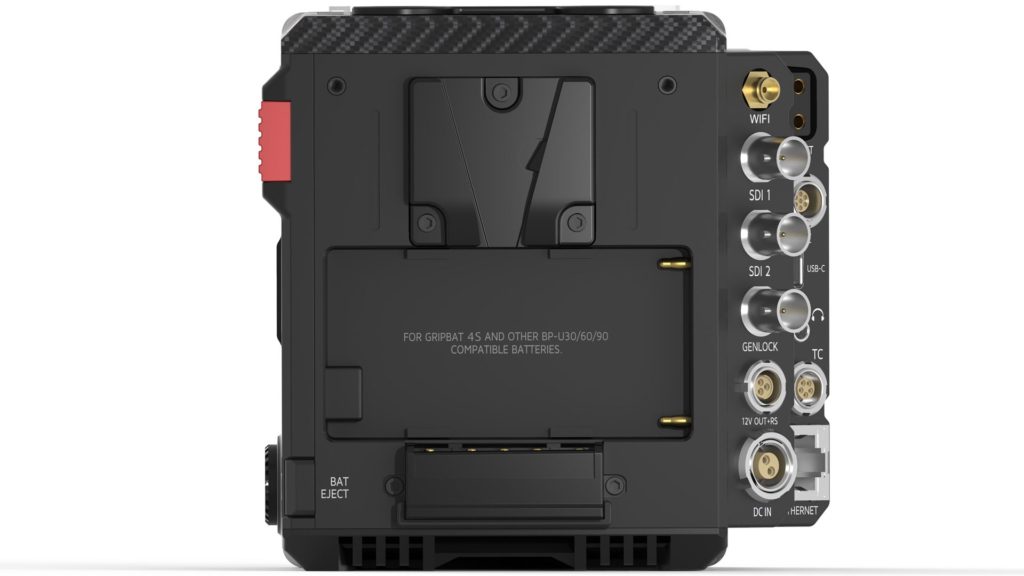
MAVO Edge’s body offers standard a D-Tap port, 12V RS port, and Lens port (12V) to power the third-party accessories like wireless video transmitter and wireless lens motor directly. These ports eliminate the need for extra batteries or power converters thus streamlining the camera setup and improving the system stability. In addition, Movcam brings dedicated KineKIT for MAVO Edge, especially the innovative 15mm baseplate with UPS function powered by two NP-F550 type batteries, due to specialized UPS power contacts at the bottom of MAVO Edge. The creative power solution can not only power the MAVO Edge independently, allowing for an efficient kit space utilization, but also work as a UPS power source to supply uninterrupted power to the camera when replacing V-mount batteries or BP-U30 type batteries.

Price and availability
MSRP of MAVO Edge is US$11,999 and the target shipping date is Sep 2020. It is available to preorder now on the Kinefinity website or authorized dealers.
Final insights
The MAVO Edge seems like a significant step for Kinefinity into professional filmmaking. Time will tell if this beast will be accepted into high-end productions. As explained, the footage of Kinefinity’s most recent cameras is getting better and better, as its sensors and technologies getting sharper. The MAVO Edge is the successor of the MAVO LF, which recently undergone price reduction. Indeed the MAVO LF is the foundation for the creation of the MAVO Edge. That means if you know how to get the best footage with the MAVO LF than you’re good to go with the Edge. We wrote an in-depth article about how to utilize the Kinefinity MAVO LF for capturing the best footage – feel free to read it. Furthermore, we wrote about the first film that was shot on the MAVO LF. Read those articles to learn more and get educated about what Kinefinity has to offer for filmmakers. However, the MAVO Edge is proof that Kinefinity aims beyond independent filmmaking. We guess we’ll be seeing the Edge in more expansive productions paving its way to the big screen. Meanwhile, let’s wait for some Edge footage so we can see what this beast is capable of.

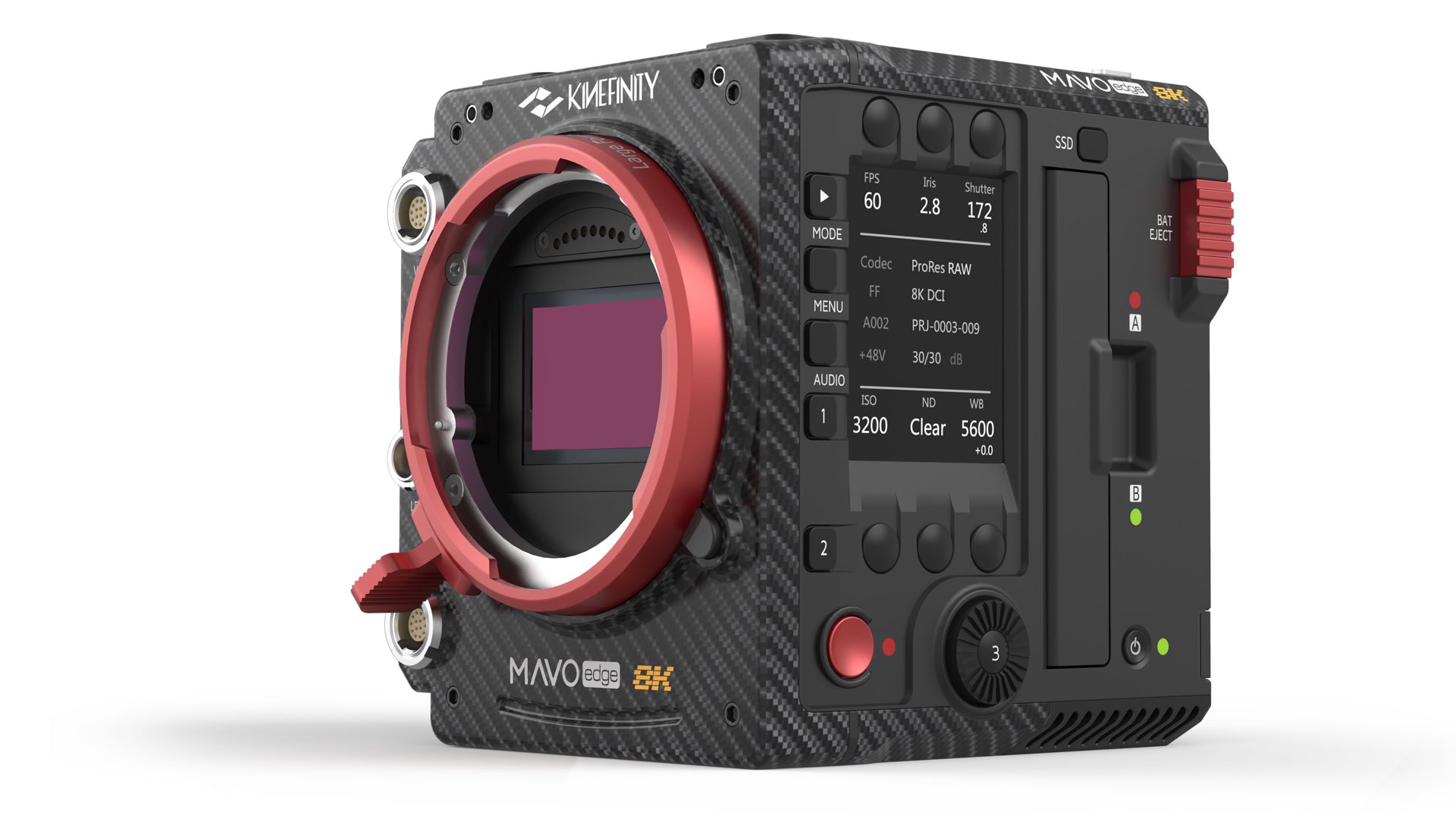
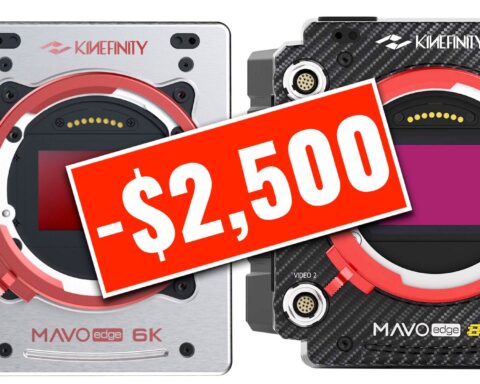
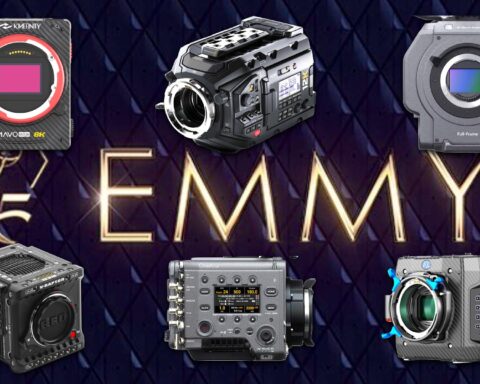
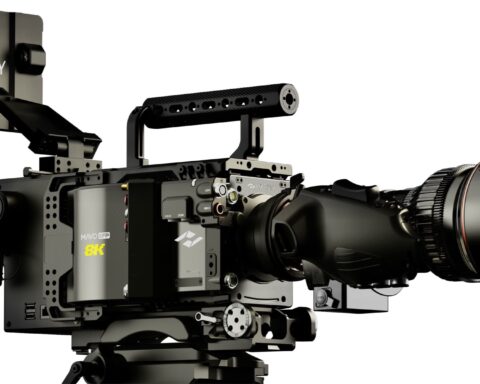
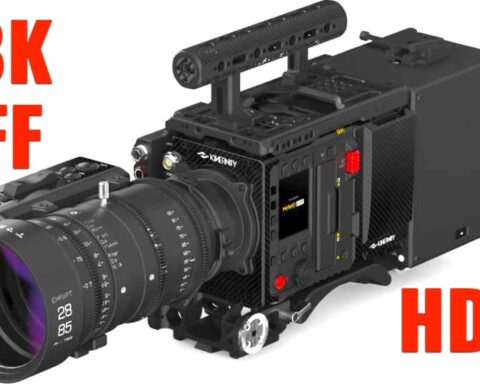
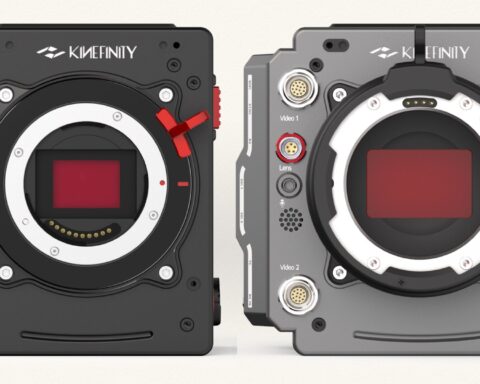
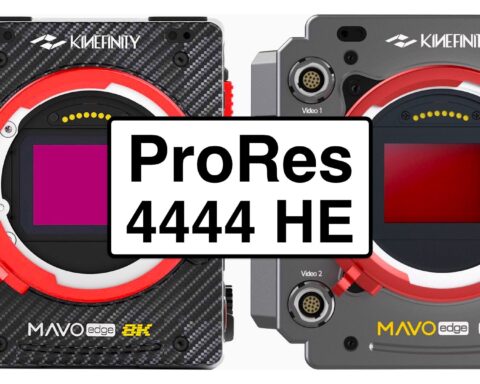






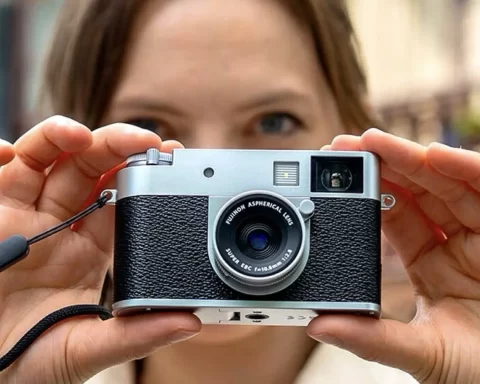

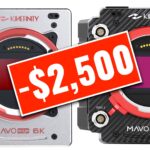

Did I miss the link to the Kinefinity website?
Pity they don’t have a really good service and support base. Also you have to buy lots of accessories to make it a usable camera. They got that idea from RED. Good luck to them though.
[…] the launch of the mighty Kinefinity Edge which aims to another whole ball game (read the article: (Kinefinity MAVO Edge 8K Cinema Camera Announced: Large Format and ProRes RAW, Inside a Carbon Fiber …). However, we should not forget that there is the Achilles Heel of utilizing the RAW capabilities […]